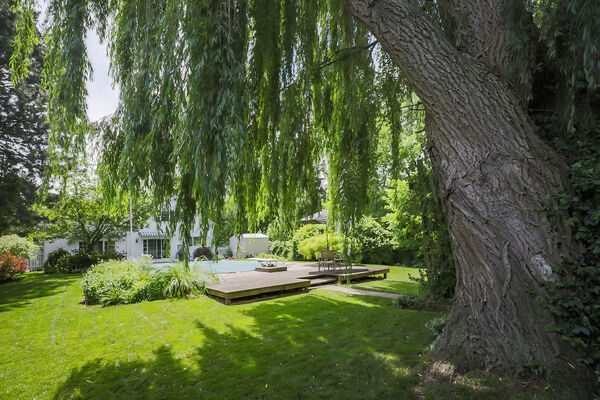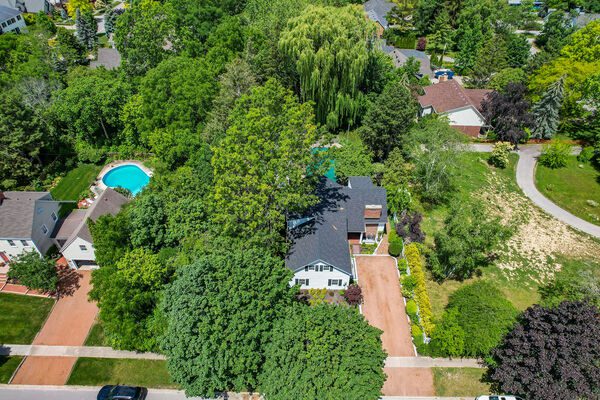
Tree By-Laws in The Town Of Niagara-on-The-Lake
August 10th, 2021 / Homeowners
The art of interpreting and following the rules
I may be going out on a limb here, but living in a municipality with a newly-implemented tree by-law can be confusing to the average homeowner. While the concept is a noble one, the new regulations surrounding tree removal are often perceived as an infringement on a homeowner’s civil liberties—and the right to do as they like on their own property.

Municipalities have worked to achieve a balance between the contribution that trees make to quality of life and homeowner’s rights as they pertain to development, construction, and property improvement. It’s not an easy task. The Town of Niagara-on-the-Lake implemented a tree by-law in 2019. It is designed to protect the urban forest by ensuring that trees on private property are protected from being damaged or cut down unnecessarily. The result is an effective system that is user-friendly, and efficient.

Why Do The By-Laws Exist?
Large mature trees cleanse the air more than the average lawn. They provide shade, ambiance, and beauty. They also require maintenance, can be prone to disease, and can cause excessive damage. Municipalities are tasked with creating a by-law that protects trees while providing opportunities for maintenance and removal when required. Lists of nuisance trees and native trees are considerations—and the by-law only pertains to trees of a certain size and diameter. The policy pertains to areas within the urban boundary, and does not apply to some rural areas. Town websites will provide a map of the urban areas, a nuisance and weed tree list, tree replacement requirements, associated fees for permits, and frequently asked questions.
If you have a problematic or unwanted tree on your property, here are the right steps to take when considering removal:
- Check out your municipality’s website to see if a by-law applies to your property.
- Whether your tree is dead, causing problems, or just unsightly, a private tree removal application form is required in order to take action.
- An inspector will contact you within 5 days to review your application.
- Some of the documents you may require are an arborist report, a site plan, photos, a letter of consent from a neighbouring property owner (if your tree is on a property line), and (lastly) a signed letter of authorization from you (the property owner) if someone is applying on your behalf.
If your application is approved, you will be notified to pick up your permit. You will pay your applicable fees if there are any. The permit must then be posted on the property where the tree is located for 5 business days prior to the removal (and on the day of removal). In Niagara-on-the-Lake, the permit is valid for 90 days. If your permit is declined, you will have 7 days to appeal the decision.

Not all tree companies are created equal…
Make sure you enlist the services of a qualified and insured professional arborist through the MTCU or the ISA. Most reputable companies will come equipped with a wealth of knowledge and a willingness to provide guidance on how the process works. They should be willing to support you in submitting your application to the local municipality for review.
